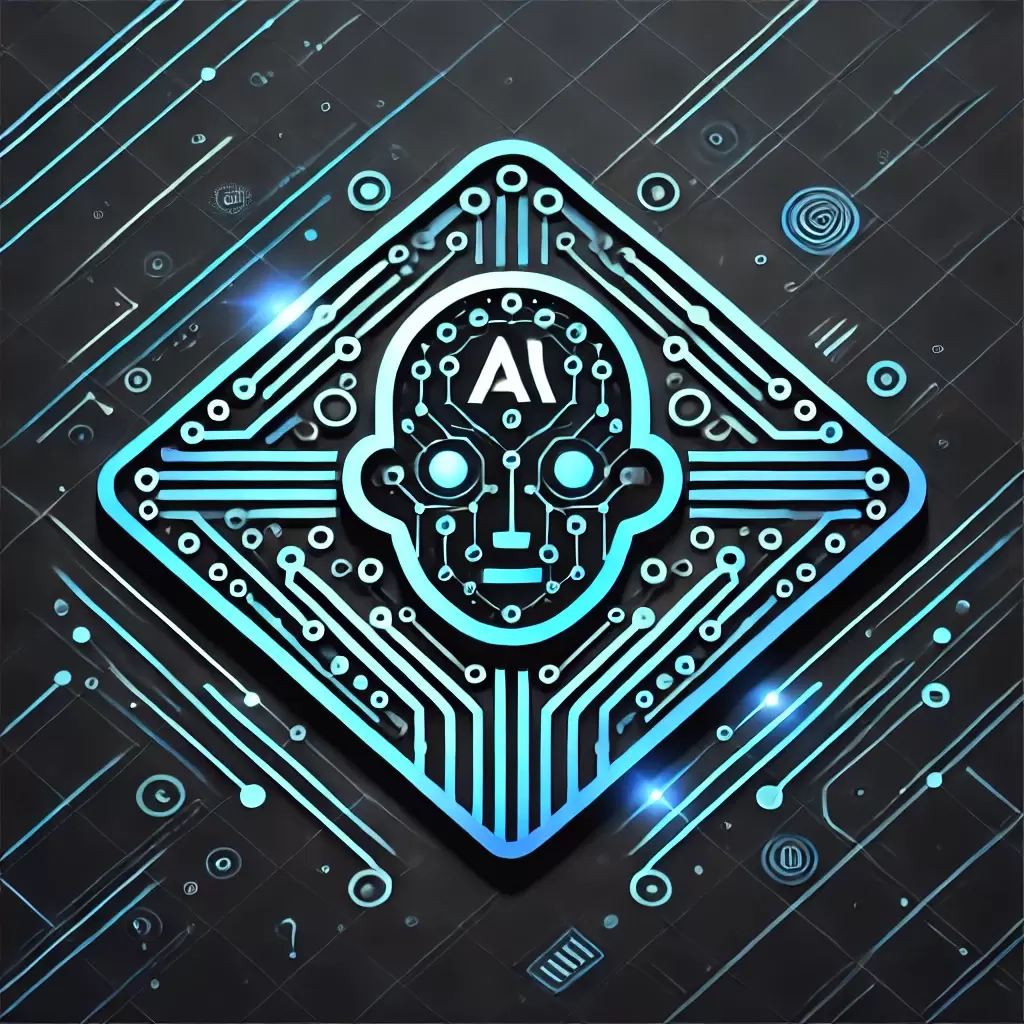Earn $100 a Day Easily with These 6 Websites and Tools
Discover insights about Earn $100 a Day Easily with These 6 Websites and Tools. Stay updated with the latest trends in technology, AI, and programming on Moedete.com.

Discover insights about Breaking Down the Internet of Things (IoT): Real-World Applications. Stay updated with the latest trends in technology, AI, and programming on Moedete.com.
Table of contents [Show]
The Internet of Things (IoT) is revolutionizing industries and daily life by connecting devices, enhancing efficiency, and creating smarter environments. This blog post explores real-world IoT applications, their benefits, and future trends.
The Internet of Things refers to the network of physical objects embedded with sensors, software, and connectivity, enabling data exchange. Key components include:
IoT transforms homes into intelligent, responsive environments. Key applications include:
Benefits of smart homes include improved energy efficiency, enhanced security, and increased convenience.
IoT revolutionizes healthcare by enabling remote patient monitoring, improved data management, and enhanced patient care. Applications include:
IoT in healthcare leads to better patient outcomes, reduced costs, and improved operational efficiency.
Industrial IoT (IIoT) enhances manufacturing processes, supply chain management, and overall operational efficiency. Key applications include:
IIoT benefits include improved productivity, reduced costs, and enhanced product quality.
IoT transforms urban environments into smart cities, enhancing public services and quality of life. Applications include:
Smart cities benefit from improved sustainability, enhanced public services, and better resource management.
Emerging trends in IoT include:
These trends will drive further innovation and adoption of IoT across various industries.
The Internet of Things is transforming industries and daily life, offering numerous benefits and opportunities. As IoT continues to evolve, its impact on smart homes, healthcare, industrial automation, and smart cities will only grow. Stay informed about the latest IoT developments and explore how you can integrate IoT solutions into your life or business.
Discover insights about Earn $100 a Day Easily with These 6 Websites and Tools. Stay updated with the latest trends in technology, AI, and programming on Moedete.com.
Discover insights about Breaking Down the Elements of Minimalist Web Design: Less Is More. Stay updated with the latest trends in technology, AI, and programming on Moedete.com.
Discover insights about From Wireframe to Wow: Best Practices for Prototyping UI/UX. Stay updated with the latest trends in technology, AI, and programming on Moedete.com.
